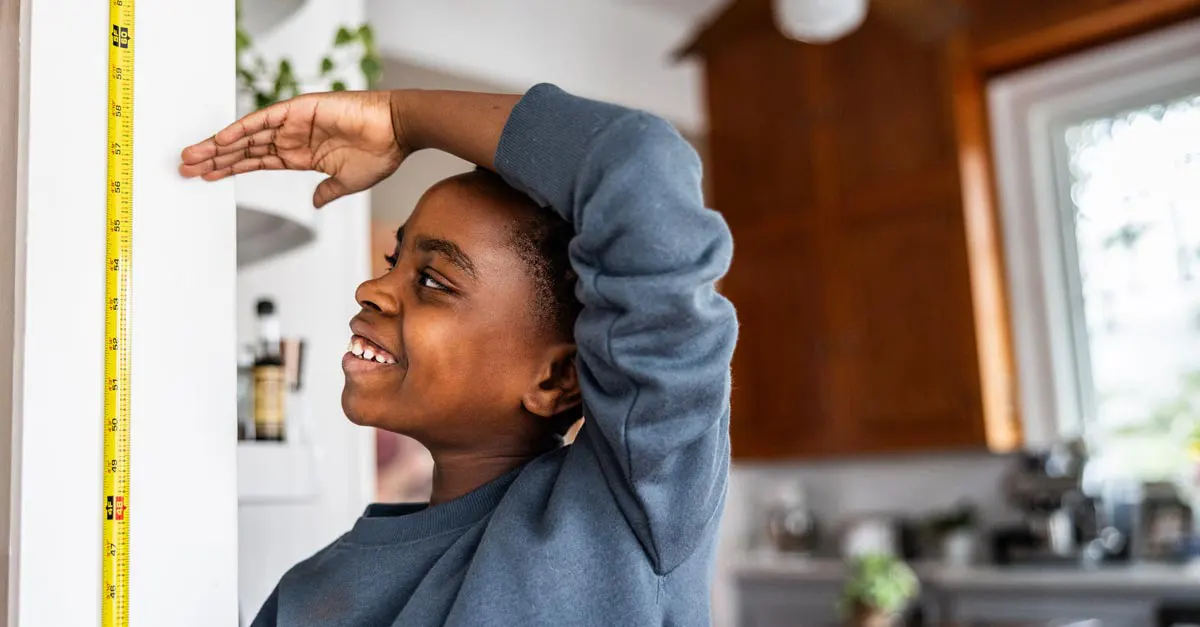1 Perrone, M., Orr, R., Hing, W., Milne, N., & Pope, R. (2018, November 12). The Impact of Backpack Loads on School Children: A Critical Narrative Review. International Journal of Environmental Research and Public Health. https://pmc.ncbi.nlm.nih.gov/articles/PMC6267109/
2 Merkel, D. L. (2013, May 31). Youth sport: Positive and negative impact on young athletes. Open Access Journal of Sports Medicine. https://pmc.ncbi.nlm.nih.gov/articles/PMC3871410/
3 Devi, K. A., & Singh, S. K. (2023, November 27). The hazards of excessive screen time: Impacts on physical health, mental health, and overall well-being. Journal of Education and Health Promotion. https://pmc.ncbi.nlm.nih.gov/articles/PMC10852174/
4 Didişen, N. A., Yavuz, B., Gerçeker, G. Ö., Albayrak, T., Atak, M., & Başbakkal, D. Z. (2020, June 25). Infantile Colic in Infants Aged One-Six Months and the Practices of Mothers for Colic. The Journal of Pediatric Research. https://jpedres.org/articles/infantile-colic-in-infants-aged-one-six-months-and-the-practices-of-mothers-for-colic/doi/jpr.galenos.2019.72687

















